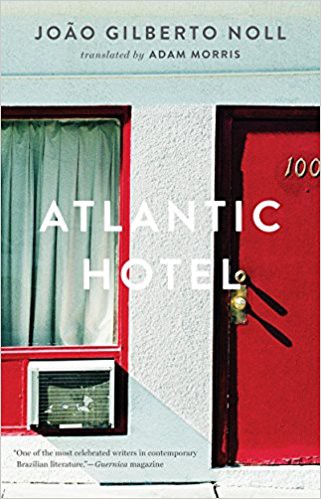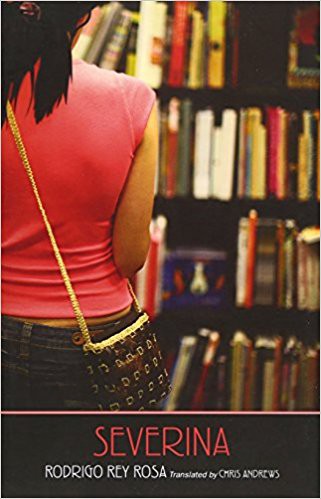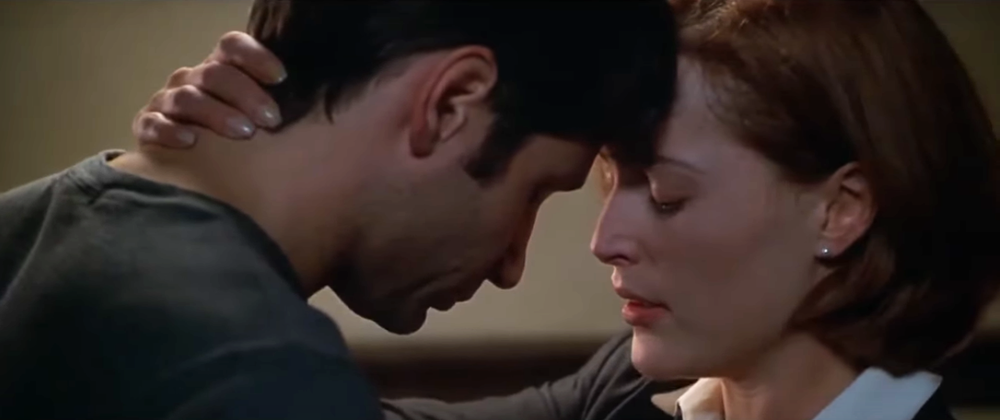Reading Lists
10 of Literature’s Best (Or Worst) Liars
And by literary liars we don’t mean novelists

Fiction abounds with memorable liars. Tom Ripley, Jay Gatsby, and, moving further back in time, Odysseus, all come to mind as prime examples of memorable figures who understand truth and deceit as flexible concepts. Lies in fiction can fulfill a number of roles: they can spur conflict, illustrate a character’s own reliability or lack thereof, or alter the very fabric of a narrative, thoroughly messing with the reader’s head.
Somewhere there's a Venn diagram that maps the overlap between fictional liars—the spies, forgers, official spokespeople, and anyone else whose livelihood depends on abundant alterations of the truth—and unreliable narrators. Here’s a look at ten novels in which the best liars dwell, the ones who pose a danger to their surrounding characters, but who are fantastic for readers seeking arresting characters, labyrinthine plots, and questions about reality.

Atlantic Hotel by João Gilberto Noll
In both their creation and their discovery, lies can reconfigure entire narratives. The protagonist of João Gilberto Noll’s meticulously arranged novel Atlantic Hotel tells nearly everyone that he meets a different story of his life. They can’t all be accurate…right? But as the novel becomes more and more labyrinthine in its construction, it’s increasingly unclear as to whether this mysterious figure is lying to the people around him or, on some deeper level, himself.

We Were Liars by E. Lockhart
E. Lockhart’s We Were Liars builds questions of reliability and veracity into its very structure. Lies are at the center of its protagonist’s closest friendships, for one thing, which creates a complex baseline off the bat. The fact that the narrator is missing some of her memory heightens this divide even further. Throw in a plot abounding with secrets and you have a twisty narrative that explores multiple layers of lies and truths.

American Gods by Neil Gaiman
I mean, if you write a novel in which numerous gods are among the characters populating the pages, odds are good you’re going to find a couple of tricksters in there, right? That’s certainly the case with Neil Gaiman’s American Gods, in which trickery and hidden agendas abound, mysteries await revelation, and fabrications and half-truths act as a kind of currency.

Severina by Rodrigo Rey Rosa
The title character in Rodrigo Rey Rosa’s short novel Severina is a woman with a penchant for stealing books from her local bookstore. Soon enough, the shop’s owner becomes obsessed with tracking her down, and learns that nearly everyone who’s met her has a different take on her identity. The way in which lies can suffuse people’s perceptions is at the core of this novel–and, like much of its author’s work, it’s a master class in how ambiguity can make a narrative more thrilling.

A Separation by Katie Kitamura
Sometimes, what’s unsaid can be just as much of a break from the truth as what is said. This novel’s narrator and her husband have kept their separation a secret. When he goes missing on a Greek island, she finds herself in an entirely different role than she’d expected. Kitamura’s novel explores a different facet of lying than most: it’s about the lies that one can be forced into telling, and the consequences that can spiral from there.

Our Man in Havana by Graham Greene
Some of Graham Greene’s tales of espionage are genuinely chilling; others venture towards the absurd. Our Man in Havana encompasses both. It’s the story of a spy working for the British government in Havana, whose bogus reports begin to reflect reality–an ominous and unexpected turn for all involved. Greene’s novel also served as inspiration for another memorable literary tale of lying: John Le Carré’s The Tailor of Panama, later adapted for film.

What’s Bred in the Bone by Robertson Davies
What happens when art itself is a lie? The hero of Robertson Davies’s What’s Bred in the Bone spends years of his life learning archaic techniques for making art–which can then be utilized for the cause of forgery. The yarn that Davies spins in this novel goes far in narrative and moral complexity, making for a thoughtful and irreverent work.

The True Deceiver by Tove Jansson
Tove Jansson’s fiction explored interpersonal connections in all of their forms, particularly in the ways in which they can go wrong. In her novel The True Deceiver, she examines the shifting power dynamic between two women–one older and successful, and one living on the fringes of society. Here, too, lies and other untruths play a crucial part in the story, creating a sense of atmosphere that’s second to none.

The Basic Eight by Daniel Handler
Daniel Handler’s novel The Basic Eight abounds with lies of multiple varieties. Its structure–a high school diary revisited by its author years later–allows for a number of lies and omissions, both past and present, to be on display. Throw in a high school production of Othello, a play where deceit and manipulation fuel the tragedy, and you have a narrative beset by untruths.

The Correspondence Artist by Barbara Browning
In some cases, lies can be seen as a version of the truth, albeit with certain details altered or heightened. In Barbara Browning’s novel The Correspondence Artist, the central character describes a love affair with one person through a unique narrative structure: by taking aspects of that one figure and turning them into four different characters. Within the novel, lines between fact and fiction blur–a theme that Browning has used repeatedly to powerful effect.










